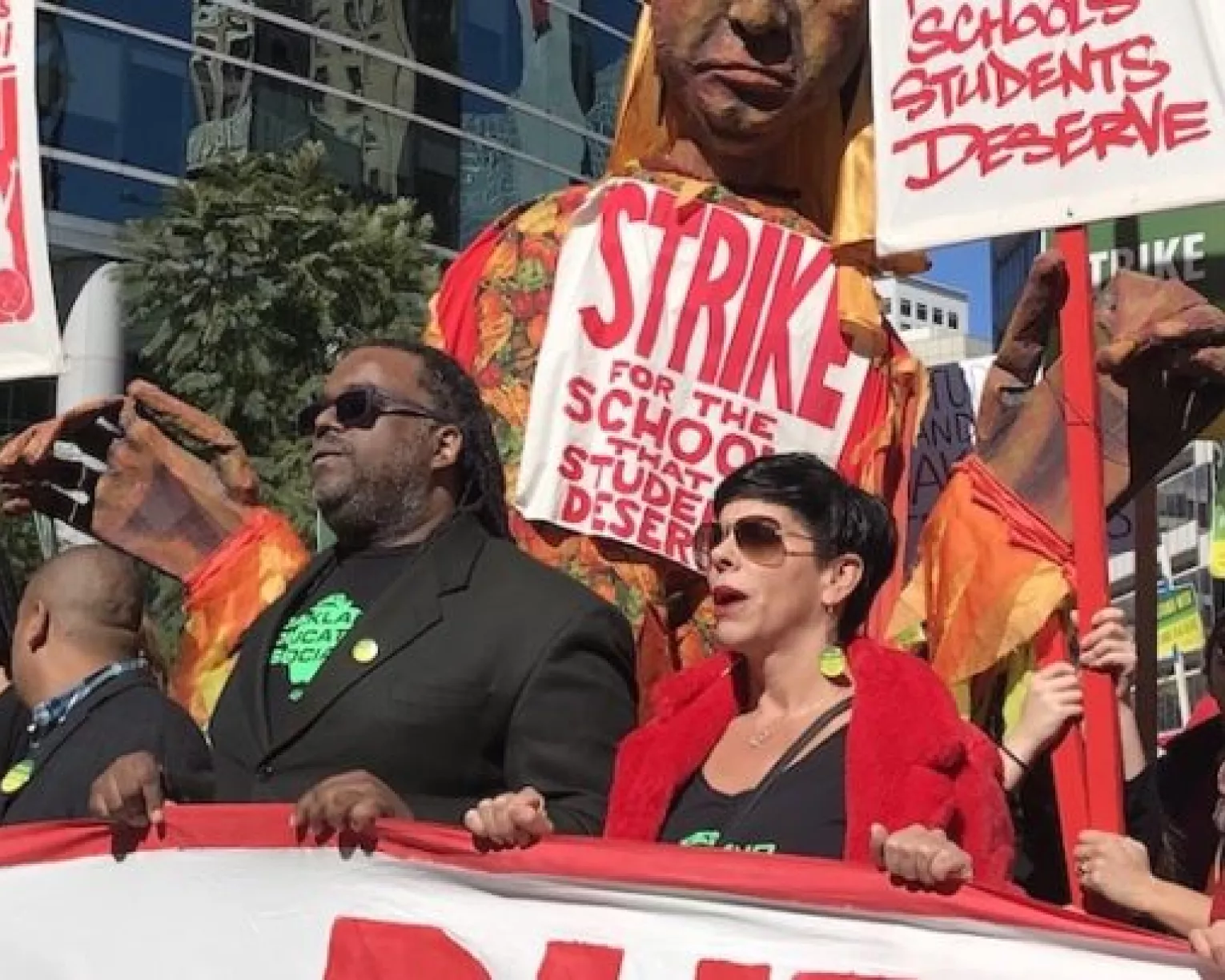The COVID-19 epidemic has shone a bright light on the “homework gap” experienced by 12 million students in every corner of this country who do not have internet access at home, at a time when more than 70 percent of educators assign schoolwork that requires the internet.
The National Education Association encourages the federal government to reduce all barriers to teaching and learning that are currently affecting millions of students and educators who continue to experience academic access challenges due to COVID-19:
- The federal government, and specifically the Federal Communications Commission, should provide home wireless service to existing school devices and hotspots for students who lack internet access at home.
- The federal government should use all emergency powers to temporarily waive relevant E-rate program rules to ensure that all K-12 students have adequate home internet connectivity during school closings.
- The NEA supports legislation such as the Homework Trust Fund Act of 2020 (S. 3633/H.R. forthcoming), recently introduced by Sen. Van Hollen (D-MD), which would allocate $2-4 billion of the proceeds from the auction of C-band spectrum to provide students with access to the internet at home.
School districts and teachers are struggling with how to bring learning online where several of their students may lack the connectivity to participate. While we continue to wait for the federal government to appropriately respond, we are pleased to share some tips to help educators navigate teaching a class with mixed connectivity.
- Provide work packets when possible. As educators, we know that the achievement gap widens when students have unequal access to learning opportunities; work packets are one way educators can ensure students are still learning.
- Coordinate with other school staff to ensure students still have access to library books. Some districts deliver books and work packets along with school meals.
- Call students regularly. Consider that some students may feel shame for not having access to the internet or tablets. Assure them that as long as they are doing their best to do what they can (reading, work packets, staying safe) that is all that matters.
- If your students have tablets and just need the internet, suggest some free internet options. Major internet providers are hosting free Wi-Fi hotspots around the country so that people without connectivity can connect to the internet. Some school districts are fitting their buses with Wi-Fi, so they can function as mobile hotspots for students.
Are you an affiliate?


